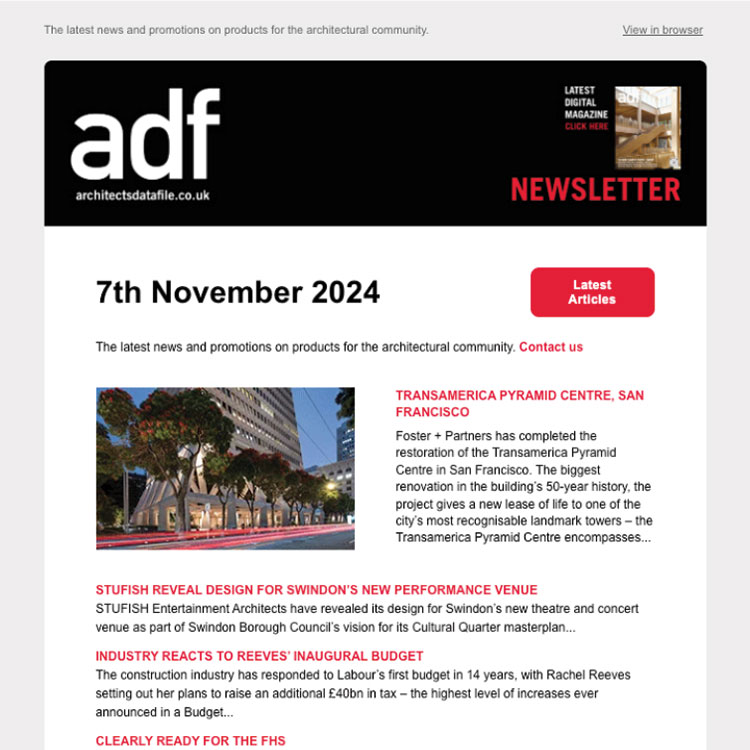Jean-Pierre Lott recently delivered in Monaco two “truly exceptional and unique projects” – the Villa Troglodyte, a very upscale project built into the rock of Monaco and Le Stella, a mixed-use project of luxury apartments and facilities
Villa Troglodyte
Building a troglodyte villa poses the question of the human relationship with nature, from nature to culture: how can one carve out a house form a rock, a landscape, without altering it, by respecting its volumes, its fractures and vegetation. The challenge of this project was to fit the house into the landscape by working with rather than against it. Thus, the project is built backwards, it is hollowed out of the mass. The views must be framed around chosen perspectives. Here, space is created by gutting the rock, not through construction.
In the age of global heating, the project had to be economical, take advantage of natural renewable energy, i.e., geothermal and solar, capture rain water and overcome environmental challenges.
The idea of a grotto is quite similar: to cut through the rock is to pass from the light into darkness. Entry to the house is through a fracture in the rock. From this point, via a footbridge, one accesses a very large room overlooking a pool − a metaphor of an underground lake. Light filters in through a large fracture running across the entire height of the house, it too being a reference to the subterranean world. The entire path through the house linking the rooms is organized around this fracture.
Living areas have openings cut out of the rock in search of light: all the windows have specific frames depending on their function as bedrooms or living areas. They are an integral part of the rock, like paintings, they create a dialog between the natural and the built.
The Rock (le Rocher)
The existing rock is kept for the ground floor, whereas in the upper levels, it is recomposed with an identical texture to that of the existing rock. The designed forms along with the recreated vegetation expose the natural rock features of fractures, cavities and strength, without leaving the impression it is merely some sort of cladding of built walls.
The floorplan
The house is organized around 5 levels, with access to the ground level from the street via a footbridge overlooking the pool. From the entrance, voids and glass plates provide perspectives of the entire house. The living room and three bedrooms are located on upper floors, accessible by a staircase placed within the great facture traversing the house. A glass elevator also serves these floors.
Environmental laboratory
In addition to its purely architectural aspect, its design appropriates thinking about its impact while ensuring its occupants enjoy a dry and comfortable interior environment. The Villa Troglodyte’s consumption is less than 40% of the consumption of a conventional house based on the Réglementation Thermique Française (French thermal regulations). This goal is reached by means of bioclimatic architecture, by the thermal performance of the building’s skin and the search for maximum penetration of and diffusion of natural light. Reliance on renewable energies available on the site, i.e. geothermal and solar, ensures production of most of the Villas requirements.
The materials
Natural materials, either recycled or from the region, were preferred. The structure is made of Low Carbon concrete and the cladding in cork from the Var department is a healthy and dry form of natural insulation also contributing sound proofing effects. The walls are clad with lime in natural pigments and the wood floors are made of recycled, emerged pilings used in mussel culture systems. Doors and staircases are made of solid wood from responsibly and sustainably managed forests.
Le Stella
This new and ambitious program is a daring gambol of urban sculpture in the heart of the Condamine, the historic and shopping center of the Principality. The development is comprised of two very streamlined registers: a glass base houses the business activities, a school and offices (from the mezzanine floor to ground floor+2), and a great undulating sail clad in white mosaic is delicately placed atop the base for the part containing apartments, which are served by high, outdoor corridors (from ground floor+3 to ground floor+12).
The urban project draws its strength from this abstract duality. The building, owing to its simplicity and abstraction, appears to be in movement. The curves and inflexions of the grid give passers-by constantly changing, organic perspectives of the building. The spectacular façade plays with light to exalt “the urban sculptural aspect” of the building, made possible by the great white ribbon covering and protecting it. Distributed over 16 levels, the project is divided horizontally into two distinct forms.
The high outdoor corridors
These footbridges with glass guardrails are a key element of the composition. They offer a broad visual perspective between buildings and crossing them is an opportunity to discover the city. Imagined as a network of footbridges hanging suspended between the different blocks, creating communication hubs providing access to the apartments, but also fitness rooms, offering residents an exceptional quality of life context in the Principality.
Tubes apartments
Located in the center of the city, this building offers singular apartments of smaller sizes for a younger population, designed as “tube apartments.” Each apartment spreads across two levels in a single volume 3.70 m (12.139 ft.) wide by 13 m in length (42.65 ft.), with a double height ceiling of 5.70 m (18.7 ft.). Bedrooms are situated upstairs, on a balcony overlooking the living room, which is on the same level as the interior street. The volume of the living room opens directly onto the loggia terrace.


